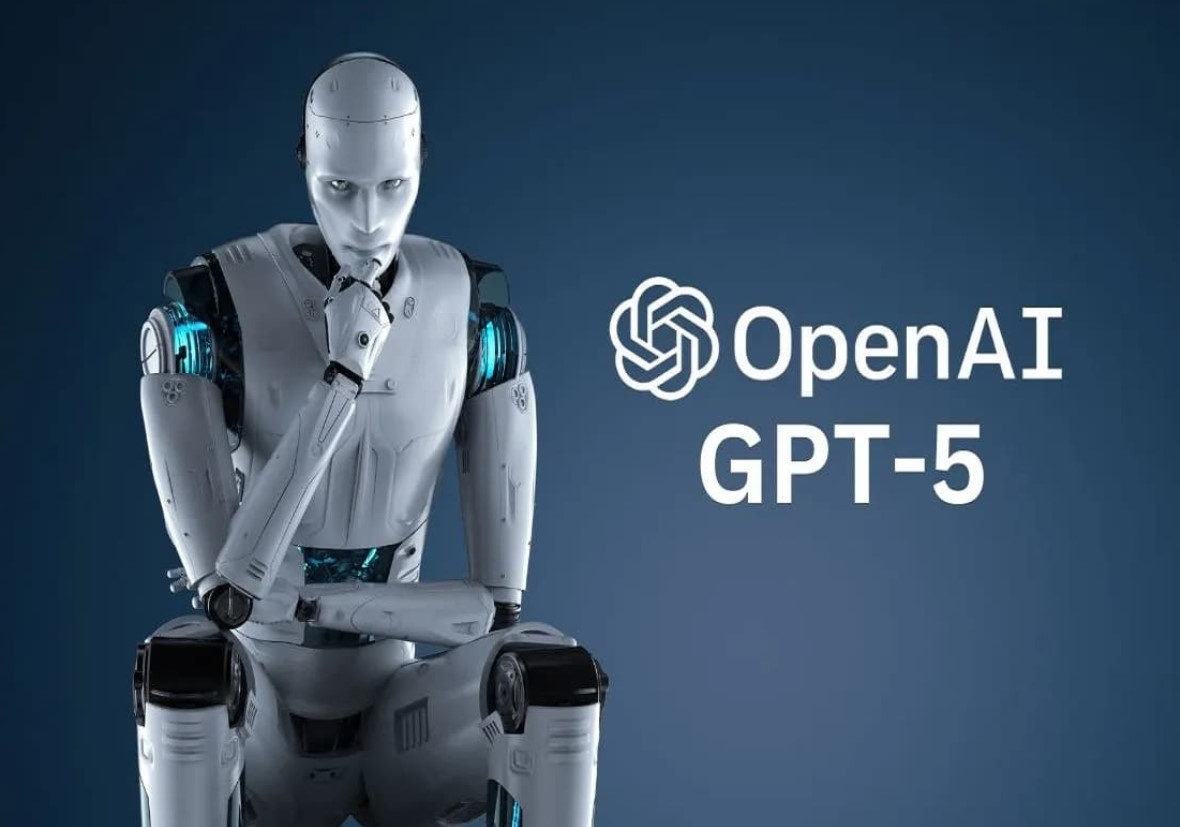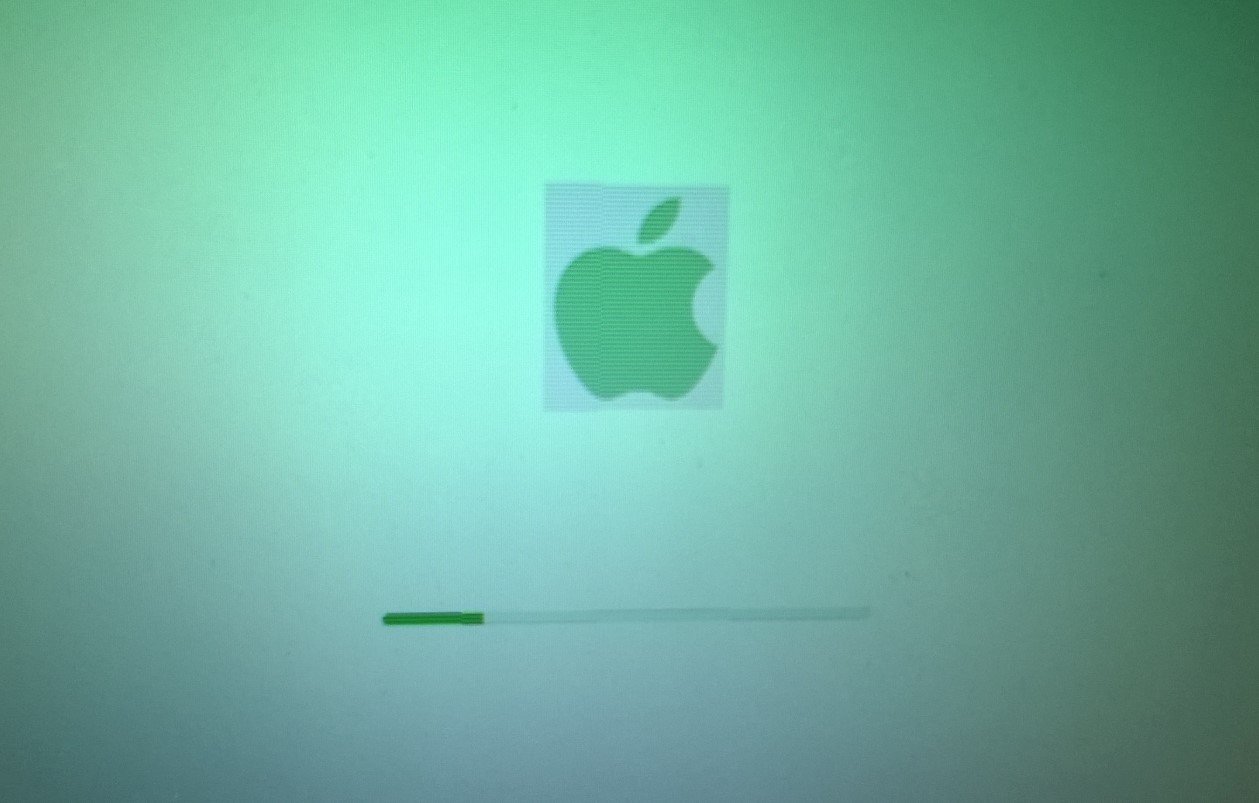News
OpenAI Aims to Simplify Its AI Lineup With GPT-5: One Model to Rule Them All
OpenAI is cleaning house. Instead of juggling multiple models for different tasks, the company is planning to fuse many of its capabilities into one streamlined, powerhouse system—GPT-5.
This next-gen foundational model could reshape how users interact with AI. No more second-guessing which model is best. No more wading through technical names that all sound the same. Just one smarter, more efficient system designed to work better across the board.
Confusion in a Sea of Models
Right now, ChatGPT offers multiple versions for specific needs—each good at different things. The problem? They all wear the same name tag.
Most users don’t even realize they’re switching between models when doing tasks like generating code, writing emails, or analyzing data. It’s easy to feel lost.
Jerry Tworek, VP at OpenAI, summed it up during a Reddit AMA, saying GPT-5 is being designed to fix this: “It’s meant to just make everything our models can currently do better and with less model switching.”
That’s not just a technical update. It’s a shift in how OpenAI thinks about product design—more streamlined, more seamless.
Bringing the Band Together
Internally, OpenAI’s toolkit is wide. You’ve got Codex for coding, DALL·E for images, Whisper for audio, and other lesser-known models. GPT-4 turbocharges text, but still, some models handle certain jobs better than others.
The plan? Fold many of these features into GPT-5. Instead of bouncing between models, GPT-5 may become the default, multimodal option that just… works.
Here’s what it could mean:
Less cognitive load for users trying to pick the right model
Fewer product lines to maintain
More consistent user experience
And most of all, it makes AI feel less like a toolkit and more like an assistant.
Codex Gets the Spotlight
One area OpenAI isn’t ignoring is code. While GPT-4 can write solid Python scripts and SQL queries, Codex is being shaped into something more ambitious.
Codex-1, which powers coding in ChatGPT, builds on the “o3 reasoning” model. It’s trained to be context-aware—understanding software engineering logic, syntax, and even tooling better than general-purpose models.
Tworek hinted that GPT-5 may inherit or integrate Codex capabilities, giving it even stronger performance as a coding assistant.
There’s a reason for the focus. Coding tools are fast becoming one of AI’s killer apps. GitHub Copilot—also powered by OpenAI models—has over a million users. Companies are betting big that AI-powered dev tools can speed up software development and reduce bugs.
That’s not hype. A 2024 Stack Overflow survey showed that over 55% of developers already use AI tools weekly.
GPT-5 might raise that number even higher.
One Model, Many Jobs
This all points to a simple idea: users don’t want to juggle models. They just want things to work.
The current setup, with models like GPT-4, GPT-4-turbo, DALL·E 3, Whisper, and Codex, works technically—but it’s messy.
Take this example. A user wants to:
Generate a marketing pitch
Create an image for it
Write Python code to automate an email campaign
That might require switching between three models today. GPT-5 could roll those into a single, fluid experience. No more “switching gears.” Just task-focused AI that handles it all.
Model Confusion Isn’t Just a UX Problem
For developers and teams building AI products, picking the right model matters. The wrong choice could mean slow outputs or incomplete results.
Even internally at OpenAI, managing different models for similar tasks creates friction.
Tworek’s Reddit post suggests GPT-5 is meant to fix that: fewer forks, cleaner backend, easier deployment. Internally, it reduces complexity. Externally, it means users stop worrying about what engine is running under the hood.
Here’s a rough snapshot of current OpenAI offerings and what GPT-5 might absorb or simplify:
| Model | Primary Use | Likely to Merge into GPT-5? |
|---|---|---|
| GPT-4 | Text generation | Yes |
| GPT-4-turbo | Faster text | Yes |
| Codex-1 | Code writing | Likely |
| Whisper | Audio transcription | Possibly |
| DALL·E 3 | Image generation | Possibly |
It won’t happen overnight. But the goal is obvious: consolidate without compromise.
Multimodal, Multiskilled, Maybe Even Reasoning
The word “reasoning” came up in OpenAI’s internal chatter and public forums. GPT-5 may not just be multimodal—it could be more logical.
Early versions of GPT often stumbled on puzzles or multi-step thinking. That’s changing. OpenAI has been quietly improving what’s called “chain-of-thought” reasoning—basically the ability to walk through complex ideas step by step.
If GPT-5 nails that, it could outperform human accuracy in everything from coding logic to business strategy simulations.
Sounds big? It is. And it explains why OpenAI wants fewer models and more focus.
Reddit Leak or Strategic Tease?
Tworek’s Reddit AMA wasn’t some offhand remark. It might’ve been a deliberate temperature check—OpenAI’s way of gauging how users feel about consolidation.
Either way, it offered a rare peek behind the curtain. The AI race isn’t just about speed anymore—it’s about simplicity, reliability, and who can make the smartest model feel like the easiest one to use.
One model. Fewer headaches. That’s the idea.

 News10 months ago
News10 months agoTaiwanese Companies Targeted in Phishing Campaign Using Winos 4.0 Malware

 News10 months ago
News10 months agoApple Shuts Down ADP for UK iCloud Users Amid Government Backdoor Demands

 News8 months ago
News8 months agoJustin Baldoni Hits Back at Ryan Reynolds, Calling Him a “Co-Conspirator” in Blake Lively Legal Battle















